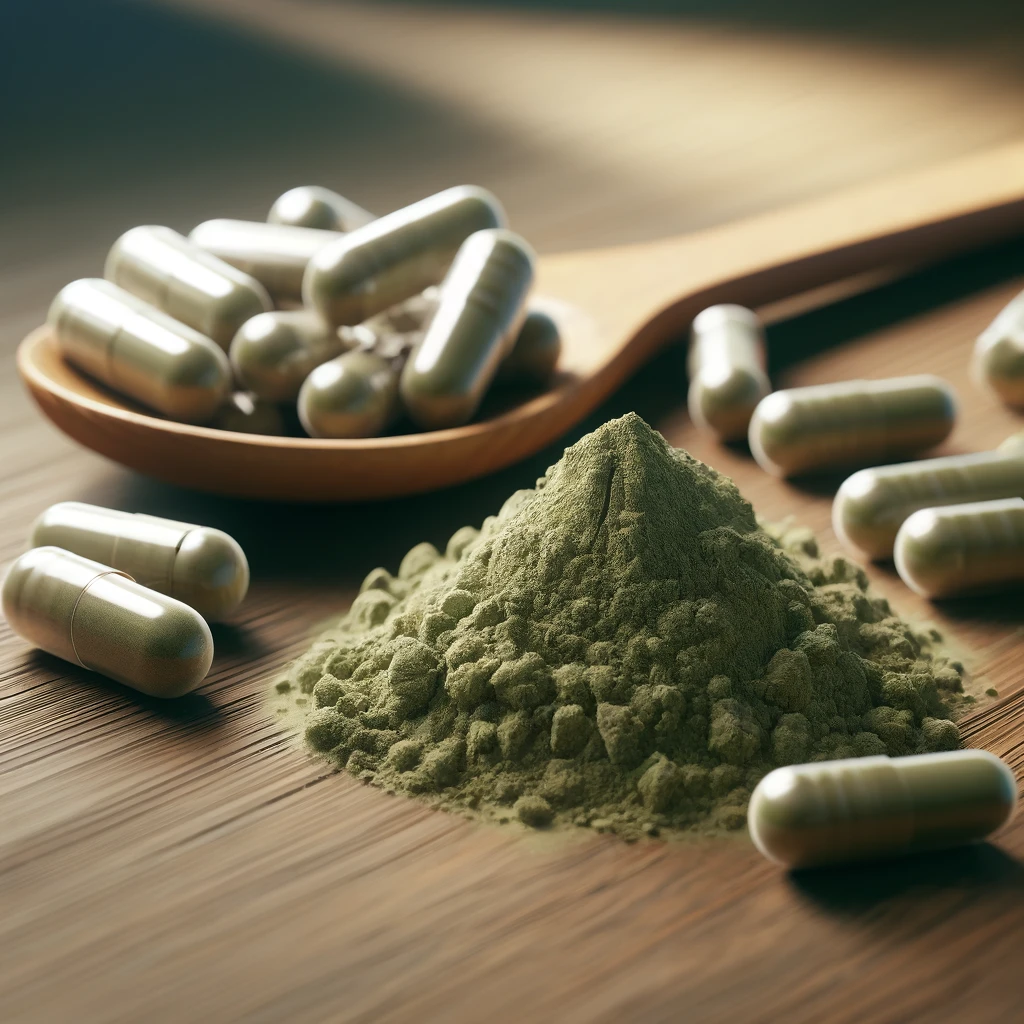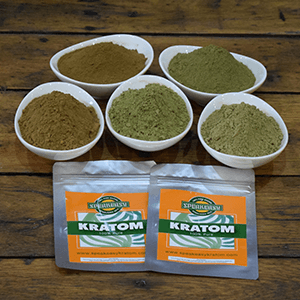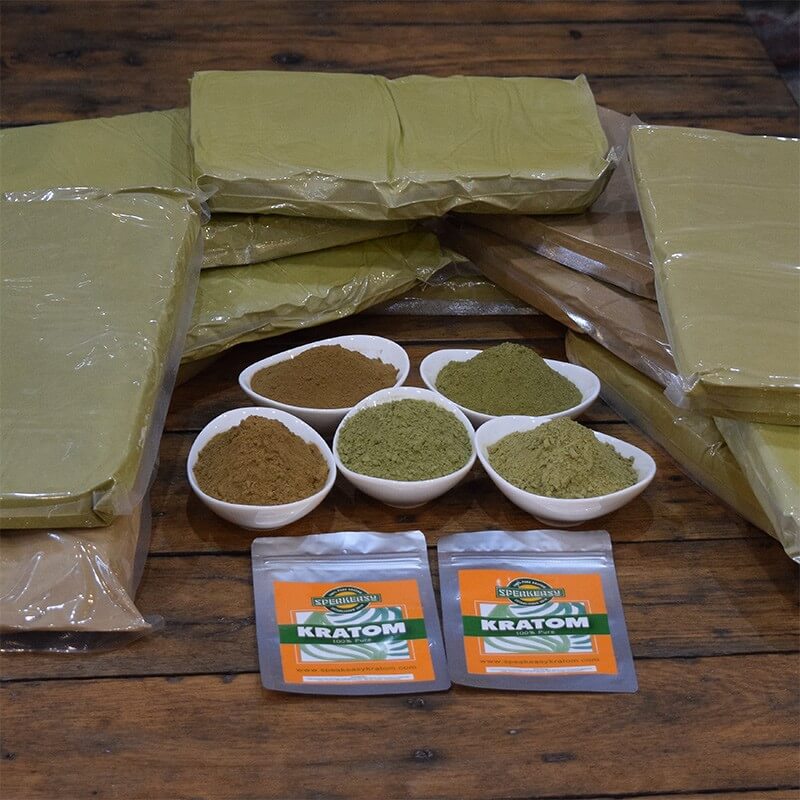Red Borneo Kratom is a unique strain of the Mitragyna speciosa tree, native to the island of Borneo. This tropical...

How Long Does Kratom Stay in Your System?
Kratom (Mitragyna speciosa) is a plant native to Southeast Asia that has gained popularity in recent years, both for its potential medicinal benefits and as a recreational substance. As interest in and use of Kratom has grown, so too has the need to understand how long its active compounds remain detectable in the human body.
This article will explore the half-life and metabolism of Kratom, the factors that influence how long it can be detected, and provide estimates on typical clearance timelines. Understanding the persistence of Kratom in the body, individuals can make more informed decisions about use and be better prepared for potential drug testing.
Introduction to Kratom
Kratom is a tropical evergreen tree indigenous to countries like Thailand, Malaysia, Indonesia, and Papua New Guinea. The leaves of the Kratom plant contain psychoactive compounds, primarily mitragynine and 7-hydroxymitragynine, which interact with opioid receptors in the brain.
At low doses, Kratom can act as a stimulant, producing effects such as increased energy, sociability, and focus. Higher doses tend to result in more opioid-like effects, including sedation, pain relief, and even euphoria. This dual nature has led to Kratom being used both recreationally and, in some cases, as an alternative to prescription opioids or for managing opioid withdrawal symptoms.
The legality of Kratom varies widely around the world. In the United States, it is currently unscheduled at the federal level, though several states have moved to restrict or ban its use. Globally, some countries have outright prohibited Kratom, while others maintain it in a legal gray area. This lack of consistent regulation has contributed to the growth of a fervent Kratom advocacy movement, as well as concerns about potential for abuse and public health risks.
Kratom Half-Life and Metabolism
Like any substance, the amount of time Kratom remains detectable in the body is closely tied to its half-life and the rate at which it is metabolized and eliminated. The half-life of a drug refers to the amount of time it takes for the concentration in the body to be reduced by 50%.
For Kratom, the half-life of its primary active compound, mitragynine, is estimated to be somewhere between 2-5 hours. This means that after the initial ingestion of Kratom, it would take 2-5 hours for the concentration of mitragynine in the body to drop by half.
However, it's crucial to note that half-life can vary considerably based on a number of factors, including:
-
Dosage: Higher doses of Kratom tend to result in a longer half-life, as the body takes more time to metabolize and eliminate the larger quantity of compounds.
-
Frequency of use: Chronic, frequent use of Kratom can lead to an accumulation of the compounds in the body, resulting in a longer detectable window.
-
Individual physiology: Differences in metabolism, body composition, age, and other individual factors can impact how quickly Kratom is cleared.
-
Concurrent substance use: The presence of other drugs or medications in the system can influence how quickly Kratom is metabolized and excreted.
In general, Kratom is primarily metabolized in the liver, with the majority of the compounds being eliminated through urine. However, the complex and variable nature of Kratom's pharmacokinetics means that predicting exact clearance timelines can be challenging.
Factors Influencing Kratom Detection
Beyond the half-life and metabolism of Kratom, there are several other key factors that can influence how long it remains detectable in the body:
Body Weight and Composition
Individuals with a higher body weight and/or body fat percentage tend to have a longer Kratom detection window. This is because fat-soluble compounds like mitragynine can become stored in adipose tissue, prolonging their elimination.
Dosage and Frequency of Use
As mentioned, the amount of Kratom consumed plays a significant role. Higher doses and more frequent use, especially over an extended period, can result in a longer time for the compounds to be fully cleared from the system.
Individual Physiology
Differences in metabolism, liver function, kidney health, and other individual factors can impact how quickly Kratom is broken down and removed from the body. Genetics, age, and sex may also play a role.
Concurrent Substance Use
The presence of other drugs, medications, or even certain supplements in the system can influence Kratom's pharmacokinetics. Interactions between substances may slow or accelerate the metabolism and elimination of Kratom.
Kratom Detection in Drug Testing
One of the primary reasons for understanding Kratom's persistence in the body is the potential for it to be detected in various drug screening tests. However, this presents some unique challenges.
Kratom is not a standard inclusion in most routine drug panels, as it is not a federally controlled substance in the United States. Specialized, Kratom-specific testing methods would generally be required to detect the presence of mitragynine or 7-hydroxymitragynine.
That said, there have been reports of Kratom metabolites triggering false positives on some opioid or amphetamine screens. The likelihood and specific circumstances for this to occur can vary depending on the test methodology and cutoff levels used.
For the most accurate and reliable Kratom detection, laboratories would need to utilize techniques like liquid chromatography-mass spectrometry (LC-MS) or gas chromatography-mass spectrometry (GC-MS). These advanced analytical methods can identify and quantify the unique chemical signatures of Kratom alkaloids.
Estimated Kratom Clearance Times
Given the variability in Kratom pharmacokinetics, it is difficult to provide definitive timelines for how long the substance can be detected. However, some general estimates can be made based on available research and reports:
-
Urine: Kratom metabolites may be detectable in urine for 1-9 days after last use, with chronic, high-dose users potentially testing positive for up to 2 weeks.
-
Blood: Mitragynine can typically be identified in blood samples for 1-2 days following ingestion, though this window may be extended with frequent or recent use.
-
Hair: In hair analysis, Kratom compounds can potentially be detected for months or even up to a year after last use, as the substances become embedded in the hair shaft over time.
It's essential to emphasize that these are just rough estimates, and the actual detection window for any individual can vary widely based on the factors discussed earlier. The only way to know for certain how long Kratom will remain detectable is through direct laboratory testing.
Implications and Precautions
Understanding the persistence of Kratom in the body has important implications, particularly for individuals who may be subject to drug testing, as even infrequent or low-dose Kratom consumption could potentially trigger a positive result, especially for those with higher body fat, recent higher use, or concurrent use with other substances; the prospect of a positive Kratom test result may be concerning for those seeking treatment for substance use disorders due to its opioid-like effects and potential for dependence, highlighting the need for caution, professional medical advice, and appropriate treatment resources.
The Bottom Line
Kratom has a complex pharmacokinetic profile that can make predicting its detection window challenging, but understanding the factors influencing its half-life, metabolism, and clearance can help individuals make informed choices about its use and prepare for potential drug testing; as Kratom's legal status evolves, maintaining awareness of these issues is important for personal health, safety, and occupational considerations, requiring caution and responsibility from Kratom users.
For people who want to try the effects of Kratom, check out Speakeasy Kratom, a reliable source of Kratom directly sourced from Indonesia.

















Leave a comment